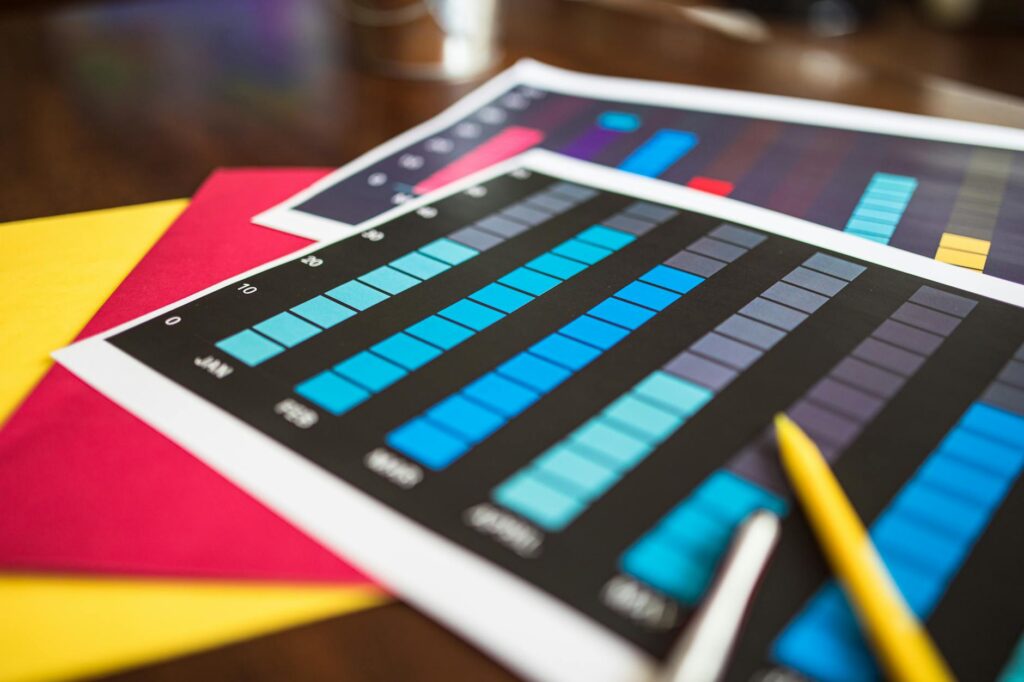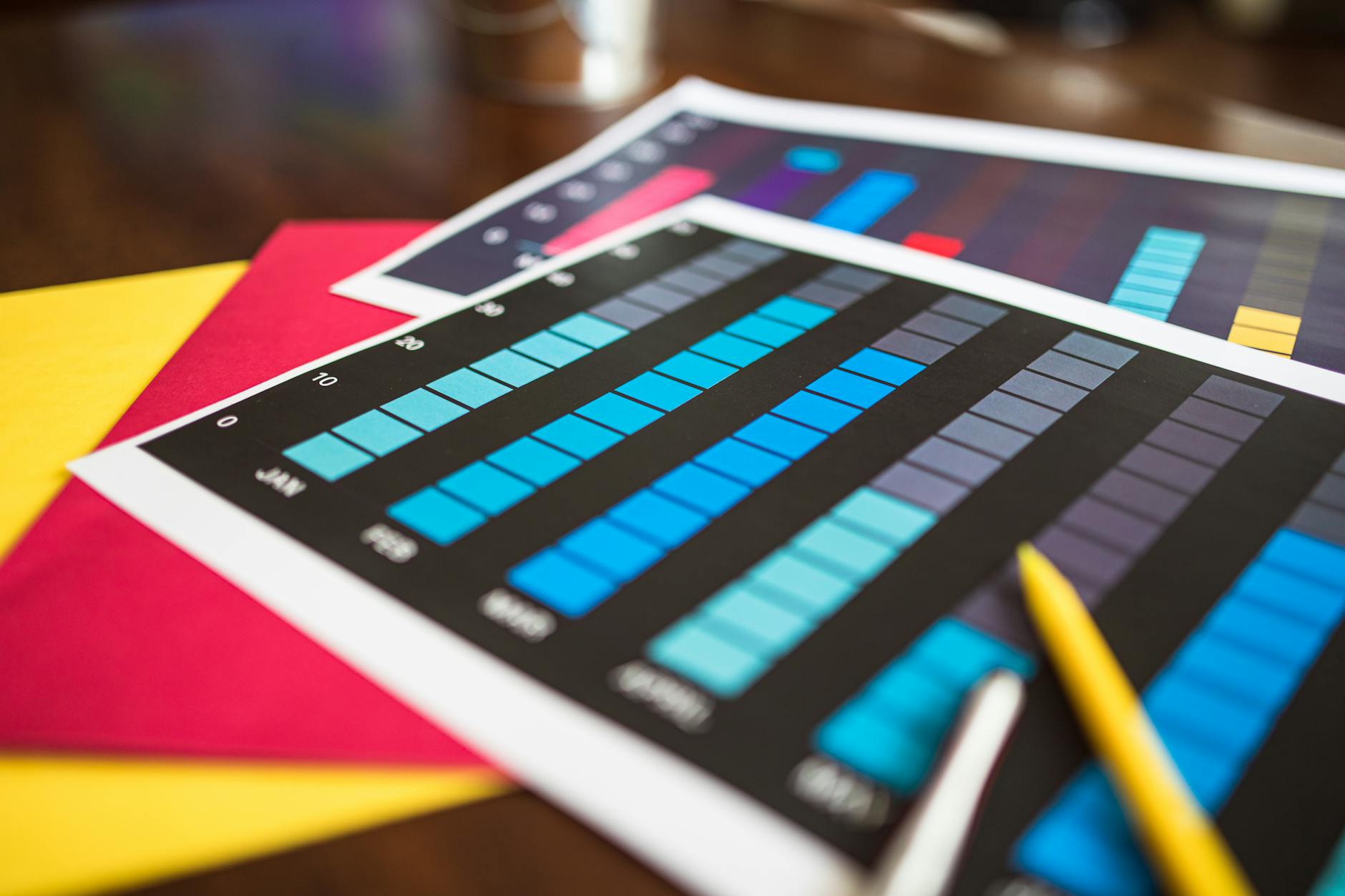What is visual scheduling applications?

What is visual scheduling applications?
Visual scheduling applications have transformed the way we manage our time and tasks. In an age where balancing personal and professional commitments can feel overwhelming, these tools provide a clear and engaging way to visualize schedules, making it easier to stay organized and focused. By using visual elements like calendars, timelines, and task boards, users can streamline their day-to-day activities, enhancing their productivity and overall satisfaction.
What are Visual Scheduling Applications?
Visual scheduling applications are digital tools designed to help users plan and organize their time more effectively. They allow users to create visual representations of their schedules, making it easier to understand what tasks need to be accomplished and when. These applications serve various functions, including:
- Task Management: Break down larger projects into manageable tasks.
- Calendar Integration: Sync with other calendars to avoid double bookings.
- Reminders and Notifications: Keep users informed about upcoming deadlines or tasks.
- Collaboration: Facilitate teamwork by allowing multiple users to access and modify schedules.
The goal is to provide a user-friendly interface that simplifies the scheduling process, ensuring that you never miss an important deadline or appointment.
Key Features of Visual Scheduling Applications
When exploring different visual scheduling applications, there are several key features to look for that can significantly enhance your experience:
- Drag-and-Drop Scheduling: This feature allows users to easily move tasks around on their calendar, making it simple to adjust plans as needed.
- Calendar Integration: A seamless connection with other calendar apps (like Google Calendar or Outlook) helps avoid scheduling conflicts and keeps everything in one place.
- Customizable Views: Users can often choose between daily, weekly, or monthly views, allowing for flexibility based on their preferences.
- Notifications and Alerts: These reminders help keep users on track with their tasks and deadlines.
- Collaboration Tools: Many applications offer shared calendars or task boards, which are invaluable for teams working on collective projects.
Types of Visual Scheduling Applications
Visual scheduling applications come in various forms, catering to different needs:
- Personal Use: Apps like Google Calendar help individuals manage their daily routines, appointments, and personal commitments.
- Professional Use: Tools such as Trello or Asana enable teams to collaborate on projects while visually managing tasks and deadlines.
- Project Management: Applications like Monday.com offer comprehensive project management features, helping teams track progress and workload visually.
Benefits of Using Visual Scheduling Applications
Using visual scheduling applications comes with multiple advantages that can positively impact your daily life.
Improved Time Management
Visual scheduling applications significantly enhance your time management skills. By offering a clear visual overview of your commitments, you can quickly identify free slots and avoid overbooking yourself. This not only saves time but also reduces the stress associated with juggling multiple responsibilities. For more insights on time management techniques, you might find these strategies helpful.
Enhanced Productivity
When you can visualize your tasks, it becomes easier to prioritize them. Visual scheduling applications enable you to see all your commitments at a glance, helping you focus on what’s most important. By breaking tasks into smaller, manageable pieces, you can tackle them more efficiently. The result? Increased productivity and a greater sense of accomplishment.
Better Work-Life Balance
Maintaining a healthy work-life balance is crucial for overall well-being. Visual scheduling applications assist in this by allowing you to allocate time for both work and leisure activities. By visualizing your commitments, you can ensure that personal time is also scheduled, helping to prevent burnout.
Popular Visual Scheduling Applications on the Market
A variety of visual scheduling applications are available, each with unique features tailored to different audiences.
Trello
Trello is a widely-used visual scheduling tool that employs a card-based system to manage tasks. Users can create boards for different projects, with each card representing a specific task. This makes it easy to track progress and collaborate with team members. Its intuitive drag-and-drop interface allows for seamless adjustments to schedules.
Asana
Asana is another robust tool that caters to individuals and teams. It offers a variety of views including list, board, and calendar, allowing users to choose the format that works best for them. Asana’s task management features are complemented by collaboration tools, making it a favorite among project managers.
Google Calendar
Google Calendar integrates scheduling with visual elements, providing a familiar interface for many users. Its ability to sync with other Google services and applications enhances its utility, making it a go-to choice for personal scheduling and team coordination.
How to Choose the Right Visual Scheduling Application
Finding the right visual scheduling application can feel daunting. Here are some tips to guide your decision:
Assessing Personal and Professional Needs
Before diving into the selection process, evaluate what you need from a scheduling application. Consider factors like how often you schedule tasks, whether you need collaboration features, and if you’re looking for personal or team-oriented tools.
User Interface and Experience
A user-friendly interface is essential for maximizing productivity. Look for applications that offer straightforward navigation and a clean design. An intuitive layout reduces the learning curve and makes scheduling tasks less time-consuming.
Budget Considerations
Visual scheduling applications come in various price ranges, from free options to premium subscriptions. Assess your budget and consider whether the features offered in a premium version justify the cost. Many applications provide free trials, allowing you to test them before committing.
Conclusion
Visual scheduling applications are invaluable tools for enhancing productivity and managing time effectively. They allow you to visualize your tasks, improving time management and work-life balance. By exploring the various options available, you can find an application that fits your specific needs and preferences. Embrace the power of visual scheduling and take control of your time today!

Photo by RDNE Stock project